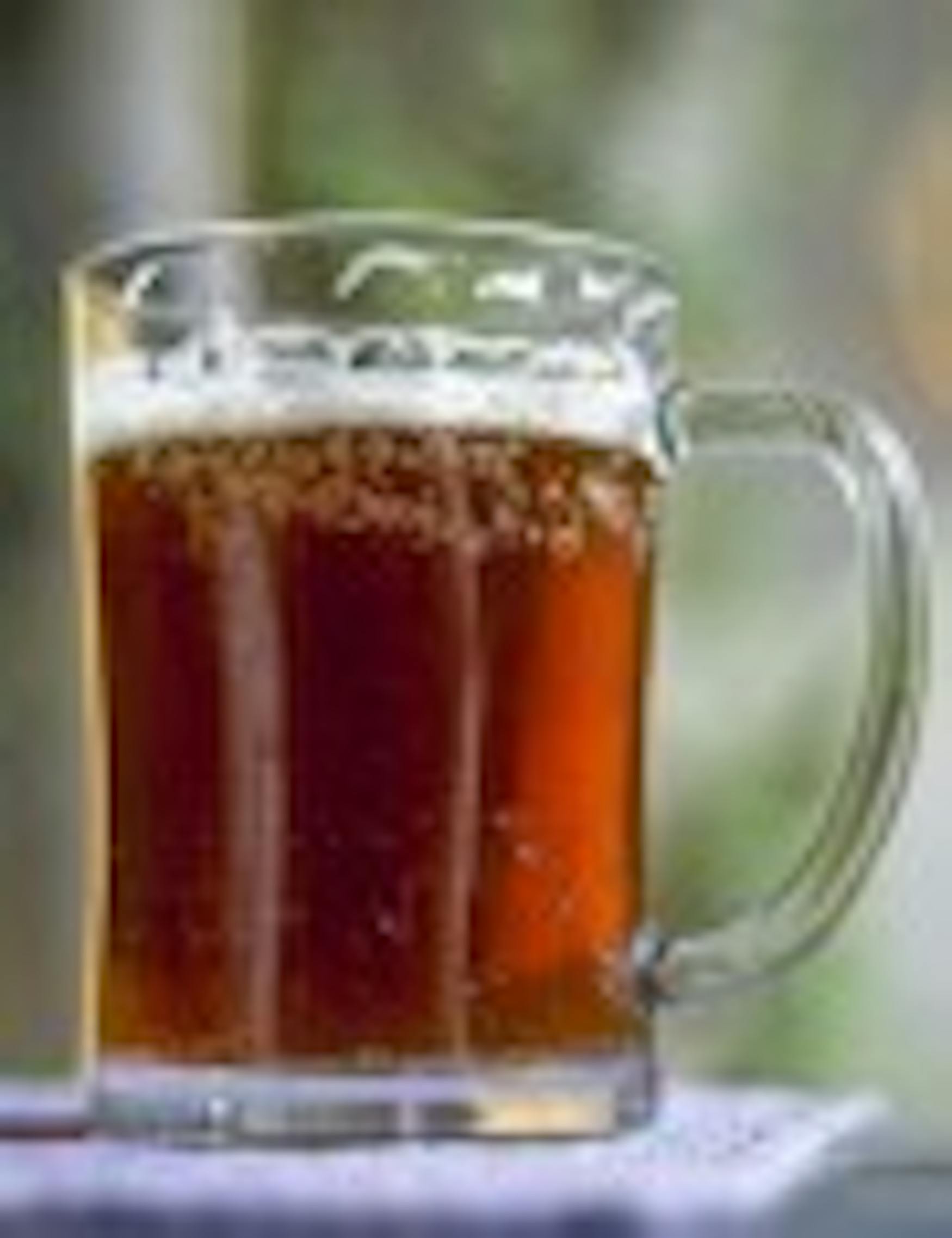A history and guide to home brew beer
A good craft beer can be found in every part of the United States. There are breweries in every major city, many small towns and even in the middle of nowhere. Any location can quite easily be turned into a brewery-from a barn in the Midwest to a small apartment in New York City to even a University Foster Mod. Home brewing allows you to get closer to the art and science of fermentation for very little money and a small amount of effort.I started home brewing with friends at Brandeis through the school's newly chartered Brewing Club 3 years ago. I served as president of the club and have made over a dozen batches of beer.
Home brewing was legalized in the '70s, and the only requirements are that you do not produce for profit, you are of legal drinking age and you limit yourself to producing 100 gallons per year. It was this legal allowance that allowed people to fall in love with the craft and realize they could start their own breweries. Still today, many aspiring brewers get their start after brewing their first batch of home brew.
It all starts with your malt-malted barley. Malt is a grain that has been allowed to germinate briefly and is then quickly dried to stop the process. This opens up the husk to sugar extractions.
These grains are first crushed and added to water somewhere between 150 and 160 degrees Fahrenheit. Precise temperature is crucial, as the slightest change in temperature can completely change your finished product: if you go above acceptable ranges you will leach off tasting compounds, but going below will rob the beer of flavor and body.
For those starting out with limited space and time, there are syrups called malt extract that will leave this step out of the process. Most home brewers are extract brewers, but many move to an all-grain system once the brewing bug bites them. You can have more control and be more in touch with the entire process.
Next you bring your "prebeer," called wort, up to a boil. You let this boil for an hour or so while adding in hops. The hops are added as preservative, and the longer they boil, the more they break down and become bitter. Those added later in the boil give flowery flavors, each flavor depending on the variety of hop. Those added at the end contribute no flavor but impart a powerful aroma. This is what the bigger beer companies refer to when they say that their beer is "triple hops brewed." The truth is that most beers have multiple hops at multiple times in the brew kettle.
After the boil, you cool down the liquid and put it in a fermenter with yeast, at which point the wort becomes beer. It ferments for several weeks and can be transferred to other fermenters along the way to get the beer away from some of the dead yeast and waste (called trub) that can result in off-tasting flavors.
From here, the brew is fed a little sugar, put into bottles and allowed to carbonate for 2 weeks, at which point the beer is ready to be enjoyed. The whole process can take anywhere from 3 weeks to 2 months depending on style of beer. But don't worry-your beer will more likely be drinkable than not, provided you followed two simple rules.
The first rule is to keep everything sanitary. Beer is made from live yeast converting sugar into alcohol, so the brewing environment is a breeding ground for bacteria. The good news is that home brewing yeast is well suited for the process and is very forgiving; you truly have to try to contaminate a batch.
The second and more important rule is to relax. Home brewing is supposed to be fun and should not be stressful. Be sure to have a few beers as you go through the process. One of the most repeated phrases among expert brewers is RDWHAHB-Relax, Don't Worry, Have A Home Brew.
I hope that some of you try brewing your own batch of beer based on this article. Furthermore, as this is my last contribution to Innermost Brew. I hope that some of you have been inspired to try different craft products due to this column. It's been a lot of fun to write, and I hope it has been as fun to read. To finish, I'll leave you with an old Czech proverb: "A fine beer may be judged with only one sip, but it's better to be thoroughly sure.



Please note All comments are eligible for publication in The Justice.